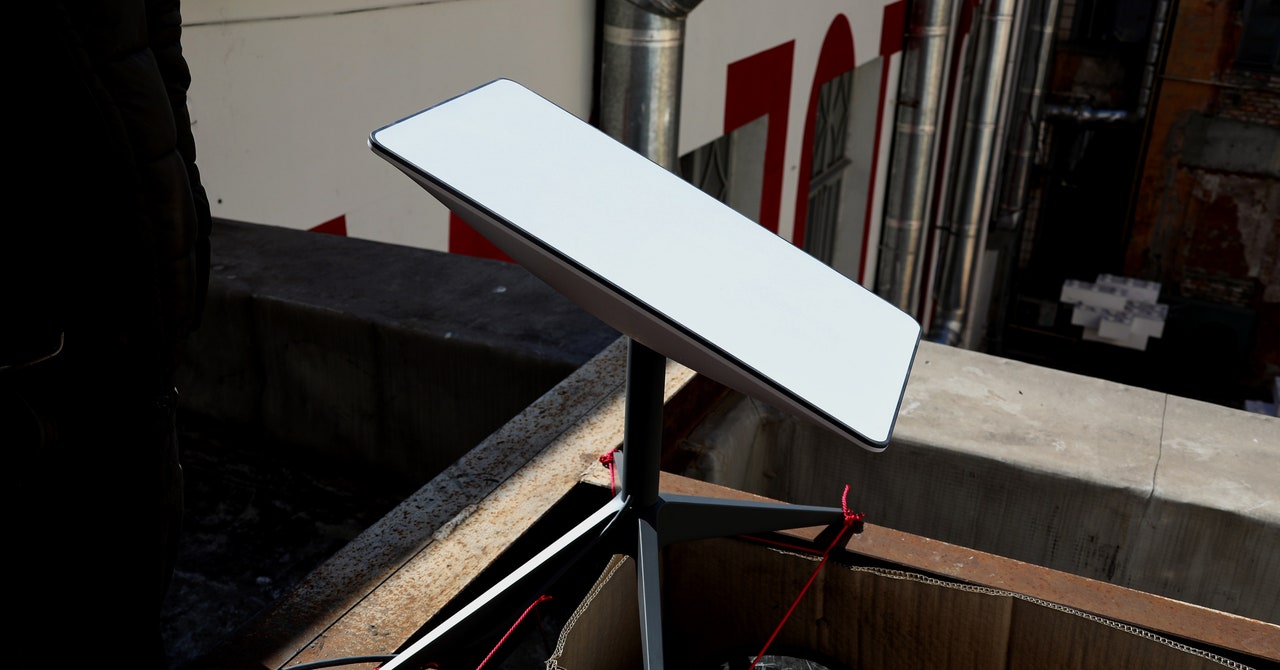“From a high-level view, there are two obvious things that you could try to attack: the signature verification or the hash verification,” Wouters says. The glitch works against the signature verification process. “Normally you want to avoid shorts,” he says. “In this case we do it on purpose.”
Initially, Wouters attempted to glitch the chip at the end of its boot cycle—when the Linux operating system has fully loaded—but ultimately found it easier to cause the glitch at the start of the boot. This way was more reliable, Wouters says. To get the glitch to work, he says, he had to stop decoupling capacitors, which are used to smooth out the power supply, from operating. Essentially, the attack disables the decoupling capacitors, runs the glitch to bypass the security protections, and then enables the decoupling capacitors.
This process allows the researcher to run a patched version of Starlink’s firmware during the boot cycle and ultimately allows access to its underlying systems. In response to the research, Wouters says, Starlink offered him researcher-level access to the device’s software, although he says he declined as he had gone too deep with the work and wanted to build the modchip. (During testing, I hung the modified dish out of this research lab’s window and used a plastic bag as a makeshift waterproofing system.)
Starlink also issued a firmware update, Wouters says, that makes the attack harder, but not impossible, to execute. Anyone wanting to break into the dish in this way would have to put a lot of time and effort into doing so. While the attack isn’t as devastating as being able to take down satellite systems or connectivity, Wouters says it can be used to learn more about how the Starlink network operates.
“What I am working on now is communicating with the backend servers,” Wouters explains. Despite making the details of the modchip available for download on Github, Wouters does not have any plans to sell finished modchips, nor is he providing people with patched user terminal firmware or the exact details of the glitch he used.
As an increasing amount of satellites are launched—Amazon, OneWeb, Boeing, Telesat, and SpaceX are creating their own constellations—their security will come under greater scrutiny. In addition to providing homes with internet connections, the systems can also help to get ships online, and play a role in critical infrastructure. Malicious hackers have already shown that satellite internet systems are a target. As Russian troops invaded Ukraine, alleged Russian military hackers targeted the Via-Sat satellite system, deploying wiper malware that bricked people’s routers and knocked them offline. Around 30,000 internet connections in Europe were disrupted, including more than 5,000 wind turbines.
“I think it’s important to assess how secure these systems are because they are critical infrastructure,” Wouters says. “I don’t think it’s very far-fetched that certain people would try to do this type of attack because it is quite easy to get access to a dish like this.”
Update 5 pm ET August 10, 2022: After Wouters’ conference talk, Starlink published a six-page PDF explaining how it secures its systems. “We find the attack to be technically impressive, and it is the first attack of its kind that we are aware of in our system,” the paper says. “We expect attackers with invasive physical access to be able to take malicious actions on behalf of a single Starlink kit using its identity, so we rely on the design principle of ‘least privilege’ to constrain the effects in the broader system.”
Starlink reiterates that the attack needs physical access to a user terminal and emphasizes its secure boot system, which was compromised by the glitching process, is only impacted on that one device. Wider parts of the overall Starlink system are not impacted. “Normal Starlink users do not need to be worried about this attack affecting them, or take any action in response,” Starlink says.
.
